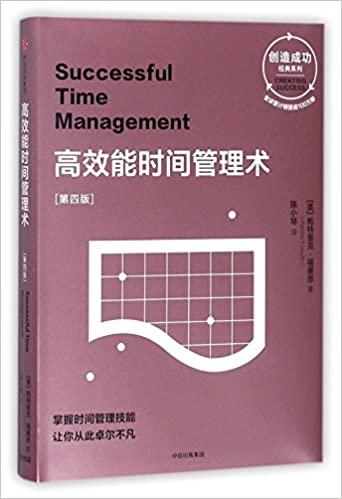Answered step by step
Verified Expert Solution
Question
1 Approved Answer
please answer all questions, thank you! You name the catastrophe, and JIT has been through it and survived. Toyota Motor Corporation has had its world-renowned
please answer all questions, thank you! 

You name the catastrophe, and JIT has been through it and survived. Toyota Motor Corporation has had its world-renowned JIT system tested by fire. The massive fire incinerated the main source of crucial brake valves that Toyota buys from the Aisin Seiki plant in Kariya, Japan, and uses in most of its cars. The impact was the loss of 70,000 cars not produced while Toyota got the supply chain repaired. Then an earthquake destroyed Toyota's transmission supplier, Riken, shutting down production in a dozen factories. Chrysler and many others had their JIT systems tested on September 11, 2001, when the terrorist attacks shut down their state-of-the-art air delivery systems. And on February 5, 2008, during the second shift at Caterpillar's highpressure couplings plant in Oxford, Mississippi, a tornado all but destroyed the facility. Despite these catastrophes, managers at these firms, like other executives all over the world, are still cutting costs by consolidating production, reducing inventory, and implementing JIT. Consistent with JIT practice, these firms maintain minimal inventory of components and tight supply chains. There are very few components in these closely knit networks that constitute their respective supply chains. Without critical components, production comes to a rapid halt. And in Caterpillar's case, the Oxford plant is the only plant in the world that makes this unique coupling. The couplings link hydraulic hoses on every piece of machinery Caterpillar makes. Depending on a single source and holding little inventory is a risk, but it also keeps firms lean and costs low. The morning after the tornado tore apart the Oxford plant, Greg Folley, who runs Caterpillar's parts division, toured the plant. Much of the roof, including 10 -ton heating and air-conditioning units, had fallen onto three critical metal stamping machines. The first piece of equipment was up and running in 2 weeks; getting production back to normal would take 6 months. But the Oxford plant had been making over 1 million of the critical couplings each month; this left a huge hole in Caterpillar's supply line. 1. If you are Mr. Folley, looking over the devastation at the Oxford plant, what do you do to keep Caterpillar's worldwide production running? 2. Given the inherent risk in JIT and the trauma that the companies have experienced, why has JIT survived? 3. What do these experiences, and the continuing popularity of JIT, tell you about just-in-time? 4. What actions or changes in policy do you suggest for Caterpillar 

Step by Step Solution
There are 3 Steps involved in it
Step: 1

Get Instant Access to Expert-Tailored Solutions
See step-by-step solutions with expert insights and AI powered tools for academic success
Step: 2

Step: 3

Ace Your Homework with AI
Get the answers you need in no time with our AI-driven, step-by-step assistance
Get Started


